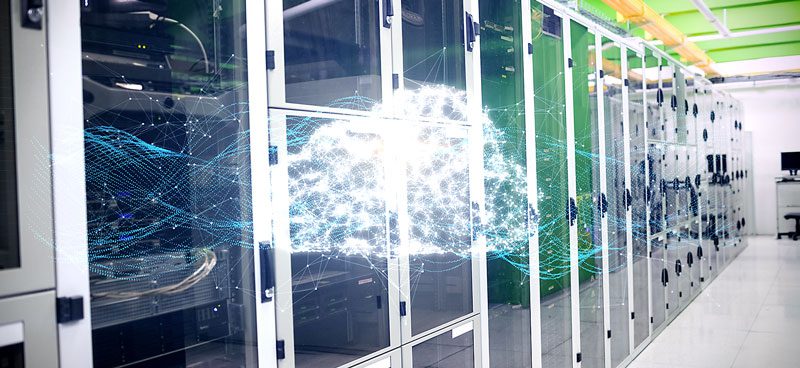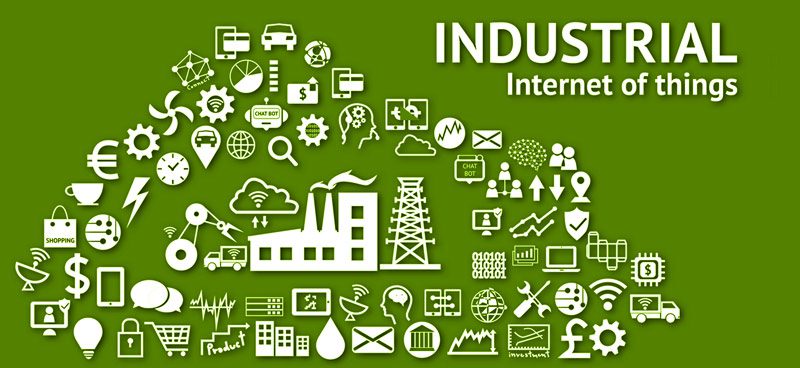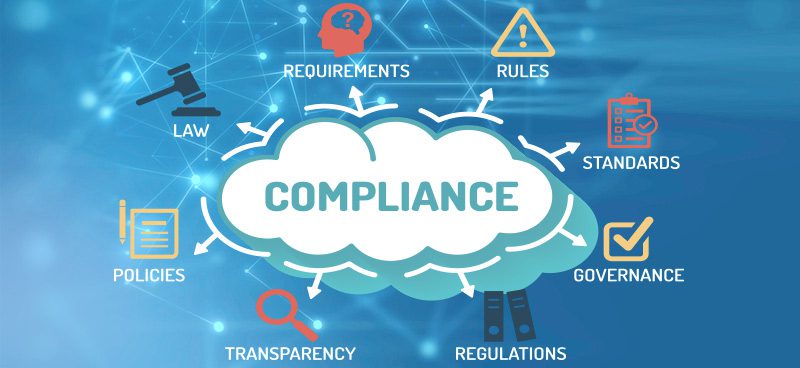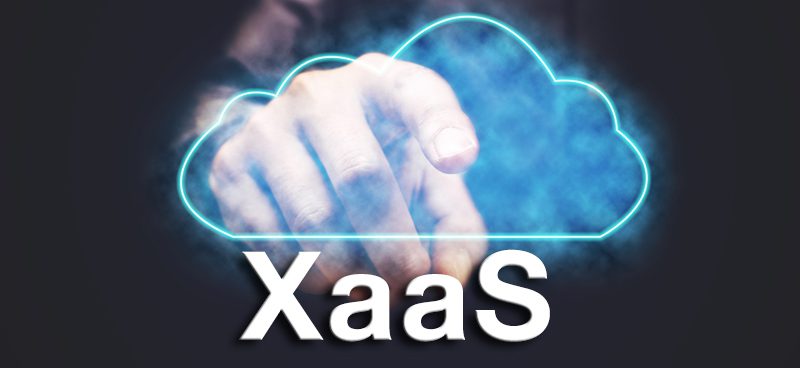
What is Cloud Sprawl and Why Should We Worry About It?
As businesses grow, the types of information that can be digitized expand, and the need to digitize more and more of a company’s transactions and

As businesses grow, the types of information that can be digitized expand, and the need to digitize more and more of a company’s transactions and

The Industrial Internet of Things (IIoT) is a subset of the Internet of Things (IoT). The IoT is the collection of computers, devices, and vehicles

Both cognitive computing and artificial intelligence are part of the next big supercomputing developments. The two terms are different. Artificial intelligence (AI) is concerned with

Hyperscale is the ability to scale computer infrastructure based on the amount of demand. Hyperscale is used for cloud computing, big data, and distributed systems.

It’s hard enough just to secure data and comply with legal requirements in your own infrastructure. It’s even harder to secure data when the data

Hyperscale and microscale are two new types of data center technologies. Hyperscale alters the design of data centers. Microscale alters the method of data center

XaaS stands for ‘anything as a service’ and encompasses SaaS, PaaS, IaaS, and more. As cloud computing has become not simply an option, but practically
Cloud computing is as amorphous a term as a literal cloud, but in reality, there are three basic types of cloud computing. The difference among
Overcoming the security challenges that small and medium-sized businesses face when accessing the cloud As more and more companies are moving to and working with
Cloud computing offers many advantages for businesses of all sizes across all industry sectors. One challenge for cloud computing is regulatory compliance. When company data
About cookies on Volico.com
Volico Data Centers use cookies to collect and analyse information on site performance and usage. This site uses essential cookies which are required for functionality. More detail is available in our privacy policy. Learn more